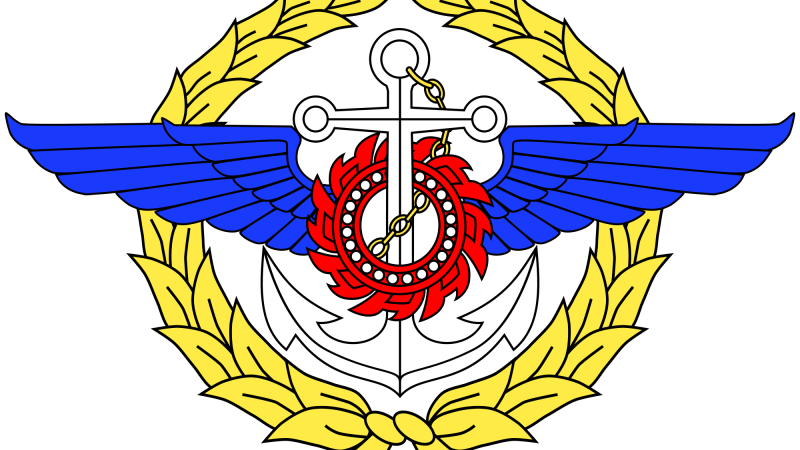This article is about the Healthcare Market Overview of Thailand.
Thailand Healthcare Hospitals and Insurance Systems
With the title of ‘Worlds Most Visited Medical Tourism Destination’ Thailand has seen a significant increase in interest from foreign investors in the healthcare sector. Significant investments are being made in the private and public healthcare sector, medical equipments, drugs and medical devices sectors. The annual growth late last year of the medical device and medical equipment market alone was 15%. Also, the ageing population and rising mortality crisis in Thailand is resulted in an increased investment in this sector.
The major causes of death in Thailand are:
- Heart Diseases
- Hypertension
- Respiratory tract disorders
- Metabolic diseases
Being a major medical tourism destination, the private healthcare sector hospitals in Thailand (Thailand Hospitals) are rapidly increasing to attract foreign patients with their high quality, low cost services. However, a major deterrent to the growth of the private hospitals is that they must serve patients covered under the low cost universal healthcare system which was introduced by the government in 2000. Below are the schemes under which the population of Thailand is covered:
- Civil Servant Medical Benefit Scheme (CSMBS): Government employees and their dependents.
- Compulsory Social Security Scheme (SSS): Private employees or temporary public employees.
- Private health insurance: Individual and private firms.
Universal Coverage Scheme (UCS): Thai citizens not covered under CSMBS or SSS
There are over 723 community hospitals, 321 Private Healthcare Hospitals, 71 General Healthcare Hospitals and 26 Regional Healthcare Hospitals. They are segmented as (1) Elite (2) Upper mid Tier (2) Mid-Tier (4) Non-Profit Hospitals. As per Ministry of Health Thailand (2011) there were 18,000 clinics in Thailand with 22% of them situated in Bangkok.
Imported Medical Device, Medical Equipment and Drugs Market Size
87% of medical devices and equipment used by hospitals is imported into Thailand. X-rays and scanner equipment alone contributed over US $80 million in 2006. Other medical equipment commonly imported into Thailand are nebulizers, infusion systems, fetal monitors, ECG equipment, and autoclaves. The medical device market including orthopaedic implants, dental implants, crowns, wound healing products, bandages, catheters, syringes, needles, stents etc. are primarily imported into Thailand. Thailand is trying to encourage local manufacturing particularly in products which require the use of rubber for medical products such as rubber gloves, and other disposable products. Also Thailand is trying to encourage the local production of in-vitro diagnostics, syringes and needles. The Thailand government has set-up a Thailand Science park to promote research and development in the medical devices and equipment sector. Over fifty private companies are currently incubated at the Science Park.
There are over 500 medical device importers in Thailand with most located in the greater Bangkok region. The top 3 import sources into Thailand are USA, Japan and Germany. The Medical device market is has grown at an average rate of 16% over the last three years with General Supplies (24%), Ophthalmology (24%), Diagnostic and Therapeutic equipment for Internal Medicine (18%), Dental (14%), Surgery (-35%), Laboratory (16%), Orthopedic, orthosis and disability aids (13%), Medical Logistic and patient ward (38%) Diagnostic imaging and radiotherapy (28%) and General Equipment (35%).
Thai FDA and Regulatory Scenario
The medical device and supplies sector is strictly controlled by the Thai Food and Drug Administration (Thai FDA) and Ministry of Public Health. They classify medical devices into three sectors:
• General Control/ Class III: Producers, importers or distributors, products which do not require Thai local license. The products require label in Thai text.
• Pre-Marketing Notification/ Class II: items, such as HIV test kits and rehabilitation devices, silicone implants, blood alcohol measuring kits and rehabilitation devices. are required to submit information on the product to the FDA and must have a certificate of free sale in country of manufacture.
• Licensed Devices / Class I: importers of category III devices must register with the FDA and have a license for production, import or sale of the item. Products in this category include syringes, contact lens, surgical gloves and IVDs.
Detailed information can on the regulatory process can be found in the Registration of Medical Devices in Thailand Section.
Conclusion
With South East Asia showing rapid economic growth, countries such as Thailand, Philippines, Indonesia, India, Malaysia, Singapore have seen a increase in consumer spending, lifestyle improvement, advanced medical treatments. Healthcare manufacturers can capitalize on this growth to succeed will in this region. It is important to take into consideration the local requirements either directly or via medical device regulatory consultants as patient investments in this sector can reap a healthy return.

